Akureyri, Iceland’s second largest city, is a year-round destination and a real gem for travelers. Located in the country’s rugged north, just 40 miles south of the Arctic Circle, Akureyri is situated near the head of one of Iceland’s longest fjords. This beautiful city/town of just 18,000 residents is nestled between the fjord and majestic glacier-carved, flat-topped snow-covered mountains.
I spent three wonderful days in Akureyri in March 2016, as part of a longer “Winter Iceland” Icelandair tour with three friends. We had come to northern Iceland to experience this fascinating region – to tour its sights by day and search for the Northern Lights by night. We arrived Akureyri on a 50-passenger Air Iceland (Flugfelag Islands) turboprop from Reykjavik. It was a short 45-minute flight – much better than 5 hours by car!
Akureyri is a vibrant town filled with cute cafes, quality restaurants and nice shops, along with good lodging choices. Luckily, its winter climate is “relatively mild” with temperatures averaging 0˚C (or 32˚F). Akureyri is also a convenient gateway to other interesting sights in the region, including the Lake Myvatn area filled with volcanic craters, unusual lava formations, steaming fumaroles, and more.
Exploring Akureryi’s Many Charms
Akureryi is a great town for leisurely exploration, which is exactly what we did one day. After checking out the tourist info center in the modern Hof building on the waterfront, we took off for a delightful long walk (on a paved pathway) along the beautiful Eyjafjordur fjord. The fjord comes to an end south of town, so we headed inland a block and walked back along peaceful, snow-covered residential streets. They were lined by many original houses from the 1800s with colorful exteriors and interesting architecture.
- Click on all photos to enlarge
We soon passed Brynja, a sweet shop touted as having the best ice cream in Iceland (per my Lonely Planet Iceland guidebook). It’s made with milk, not cream. Even though the outside temperature was in the 30’s, I had to try it! So I ordered a cup of their soft-serve vanilla ice cream covered with mocha syrup. It was tasty but a bit challenging to eat with gloves on while taking photos with my iPhone without spilling. My friends declined to join me in the local taste test, but my motto is (almost) always “When in Rome….”
- Brynja sweet shop
We returned to the center of town for lunch at the Blue Pot (Blaa Kannan) in a bright royal blue Victorian building. This café had already become a favorite, after enjoying their great coffee and decadent pastries the day before. Fortified once again, we browsed the wide variety of Akureyri’s cute shops and boutiques for a couple hours. We saw beautiful woolen goods, including typical Icelandic knit sweaters. But as a Southern California gal who doesn’t usually “do winter,” those sweaters were easy to pass up (unlike the ice cream!)
- Blue Pot cafe
We visited Akureyri’s iconic “concrete church,” designed by the same architect as Reykjavik’s well-known – and much larger – concrete church. To get there, we trudged up a very long flight of steps leading from the main street to the top of a hill where the church was strategically situated. Before going inside the sanctuary to see their pretty stained glass windows, we were rewarded with great views over the town and the fjord.
- Akureyri’s concrete church watching over the town
- View from the church over the town and fjord
Another highlight was the Sundlaug Akureyri, the town’s geothermally-heated outdoor community swimming pool complex. Considered to be one of Iceland’s finest, it has pools of all shapes and sizes. We went there for a swim and some “hot pot” dipping and it was great! There is also a good botanical garden in town but honestly there’s not much to see in winter.
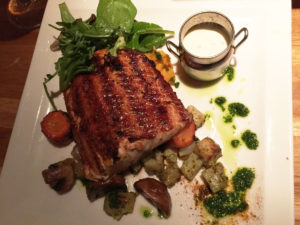
Visit to Siglufjordur & the Fascinating Herring Era Museum
Our last afternoon in town, we took Saga Travel’s 5-hour Coastal Culture and Siglufjordur Tour. Departing Akureyri with our guide Armann, we drove up the western coastline of the fjord, passing through a few fishing villages (including Dalvik). Fishing has always been and still remains an important Icelandic industry. After passing through three long tunnels bored through the mountains, we arrived in the picturesque fishing town of Siglufjordur (population 1,300) on a cold, blustery day with light rain and sleet.
There, we toured their award-winning Herring Era Museum which recounts the boom days when Siglufjordur was the herring-fishing capital of Iceland. The Icelanders first learned the herring trade from the Norwegians in 1903. In fact, the herring industry played a critical role in bringing Iceland out of poverty and into the modern age. Unfortunately for Siglufjordur, it all came crashing down in 1968, when overfishing decimated the herring population.
Our guide was Anita Elefsen, the museum’s delightful young curator. She told us that 3,000 people lived year round in Siglufjordur in 1948. Those numbers swelled to 10-12,000 during the summer herring season, when men, women and girls came here to work salting and packing the herring. (photo of this era below)
The Herring Era Museum was actually very interesting and beautifully (and painstakingly) recreated from salvaged houses and herring industry items. The three buildings we toured included an old salting station, which houses the museum and recreated dorm rooms upstairs used for lodging the “herring girls” (actually women of all ages) who came to work during the season. The second was a herring factory where men would process herring oil and the leftover meal for livestock in hot, noisy, miserable conditions. The third was filled with 11 herring boats used in the 1950s.
On the way back, Armann further explained that the North Atlantic herring industry collapsed due to overfishing by fisherman from Iceland, Norway and Russia because they hadn’t listened to the warnings of the scientists. However, after a 25-year moratorium on the fishing of herring, the industry is back but tightly regulated, as you can imagine. Towards the end of the drive back to Akureyri, we were delighted to finally see some sun, giving us beautiful views of the fjord and the snow-covered terrain (photo below).
 Akureyri & Lake Myvatn – Final Thoughts
Akureyri & Lake Myvatn – Final Thoughts
For a winter Iceland experience, the combination of Reykjavik and Akureyri is a real winner! We loved our time in Akureyri and our tour to Lake Myvatn & the Myvatn Nature Baths, which is covered in its own post. Akureyri and Lake Myvatn have a lot to offer travelers all year-round, with different activities, experiences and contrasting landscapes between the winter and summer seasons.
Certainly, Akureyri is not as well-known as Rekyjavik, but it’s definitely on traveler’s radar now as it should be. In fact, Lonely Planet named Akureyri as “Best Place in Europe in 2015” on their top ten European destinations of the year list!
I do hope to come back again to see Akureyri – next time in the “warmer season” when the hillsides are green and Lake Myvatn is no longer frozen. I know it will be a completely different and still wonderful experience.
I also want to recommend Saga Travel, our locally-based Akureyri tour operator, who did a very good job. They are a family-run business with a really good offering of local tours. In fact, everything we did in this area (including our airport transfers) was through Saga Travel.
To Read More About My Iceland Winter Trip, check out my other blog posts:
- Iceland’s Winter Wonders: Northern Lights, Reykjavik, Bjork & More
- Iceland’s Blue Lagoon & Myvatn Nature Baths: Hot Pots & Outdoor Soaking
- Iceland’s Lake Myvatn in Winter: A Smoking Hot Experience!
COMMENTS: Have you visited Iceland in winter? Have you visited Akureyri – winter or summer season? What did you think?

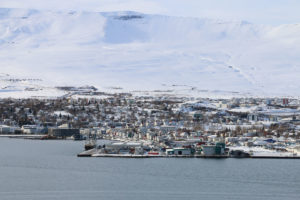
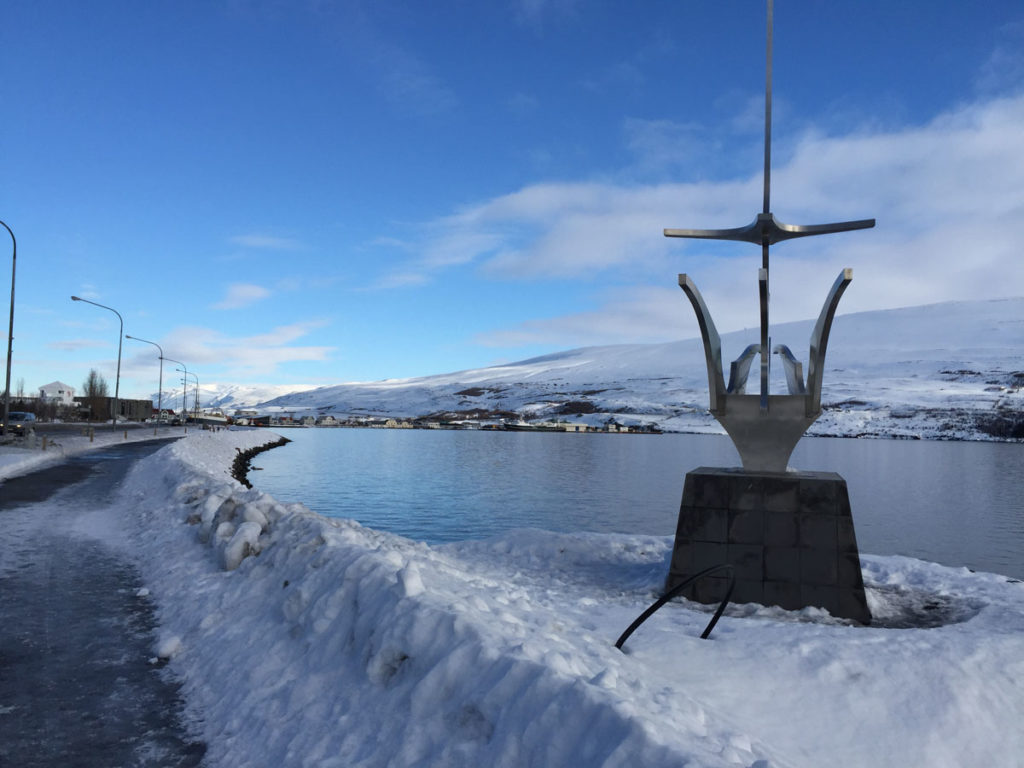
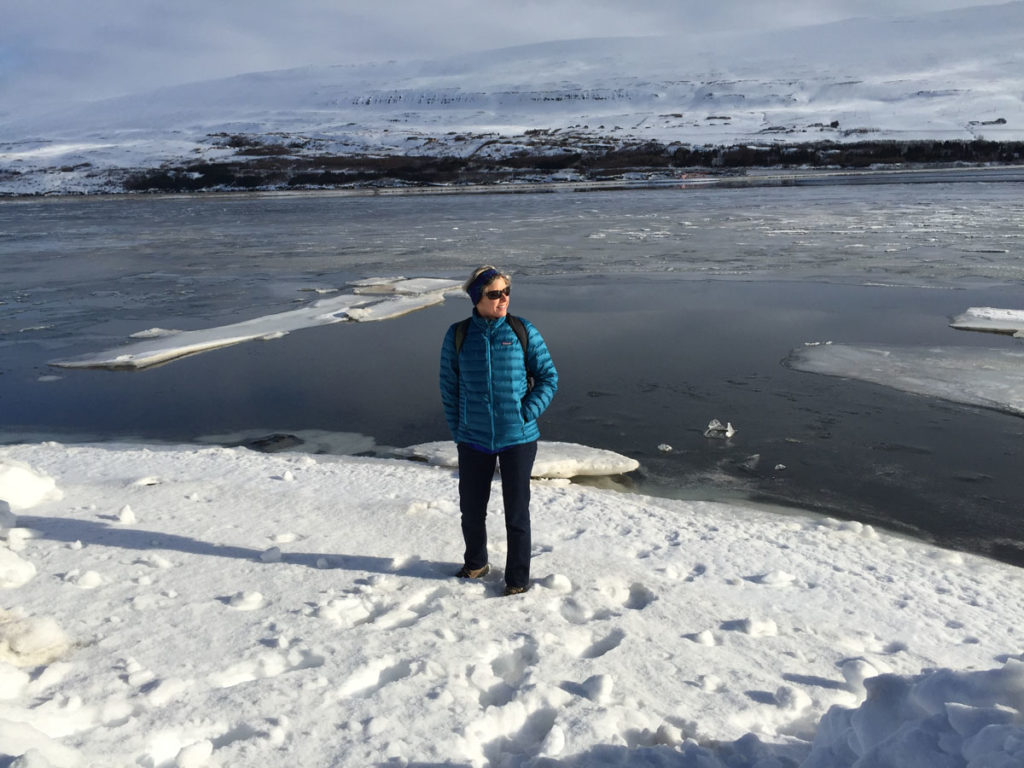
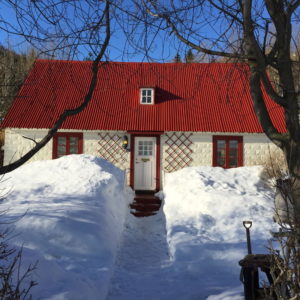
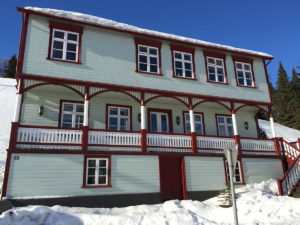
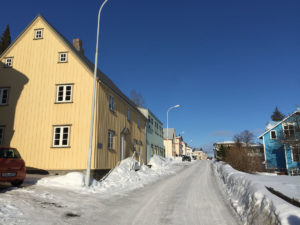
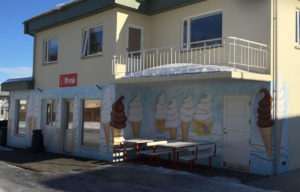
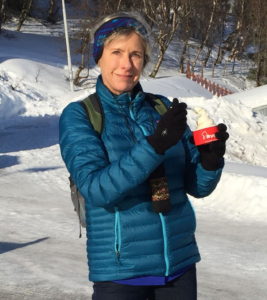

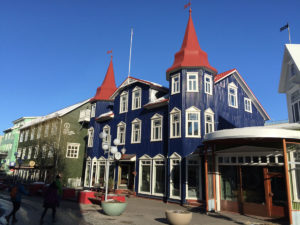
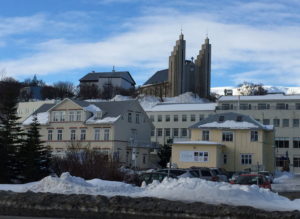
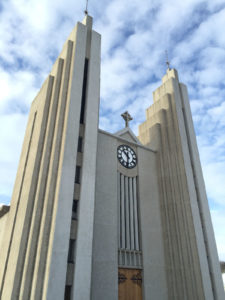
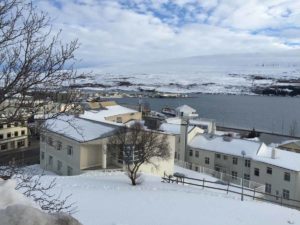
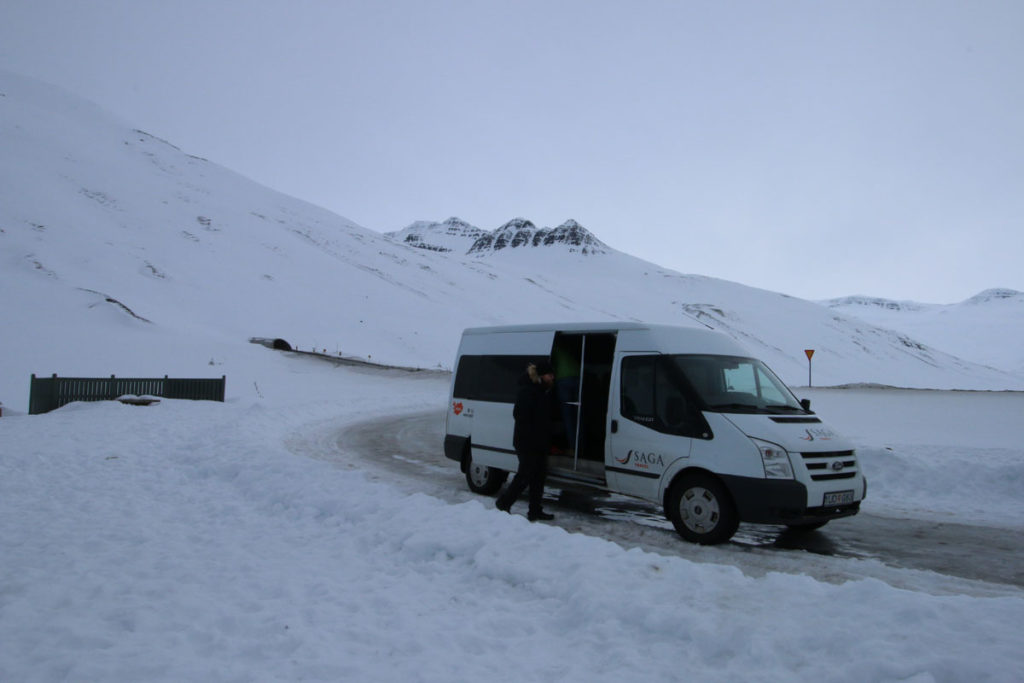
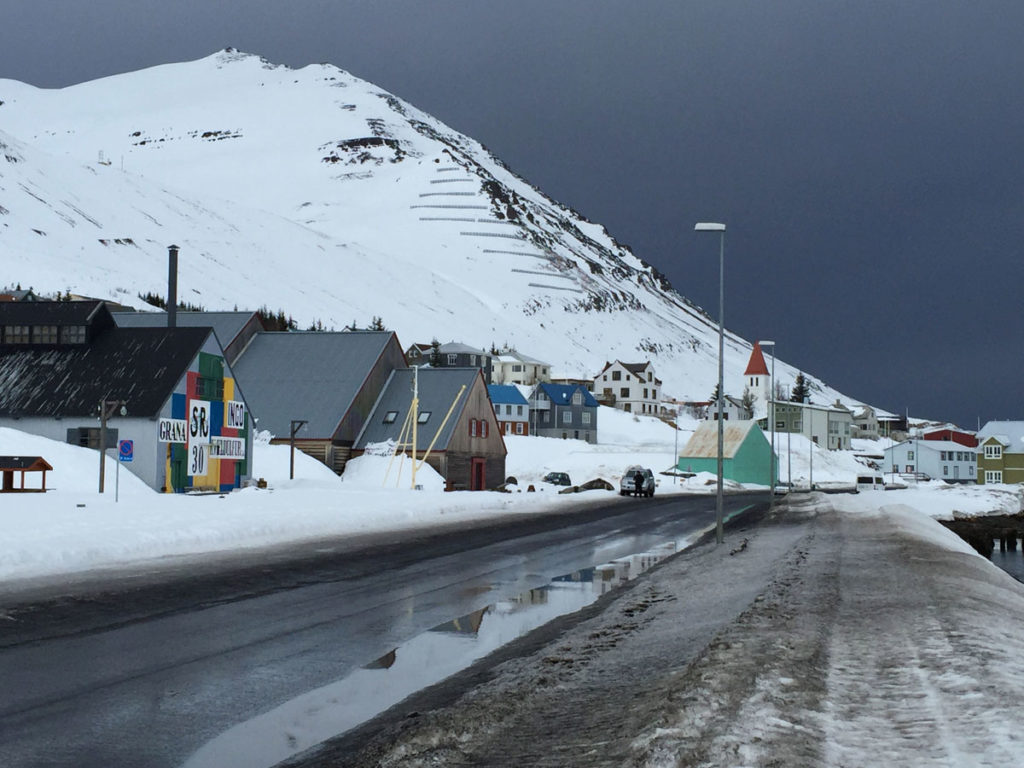
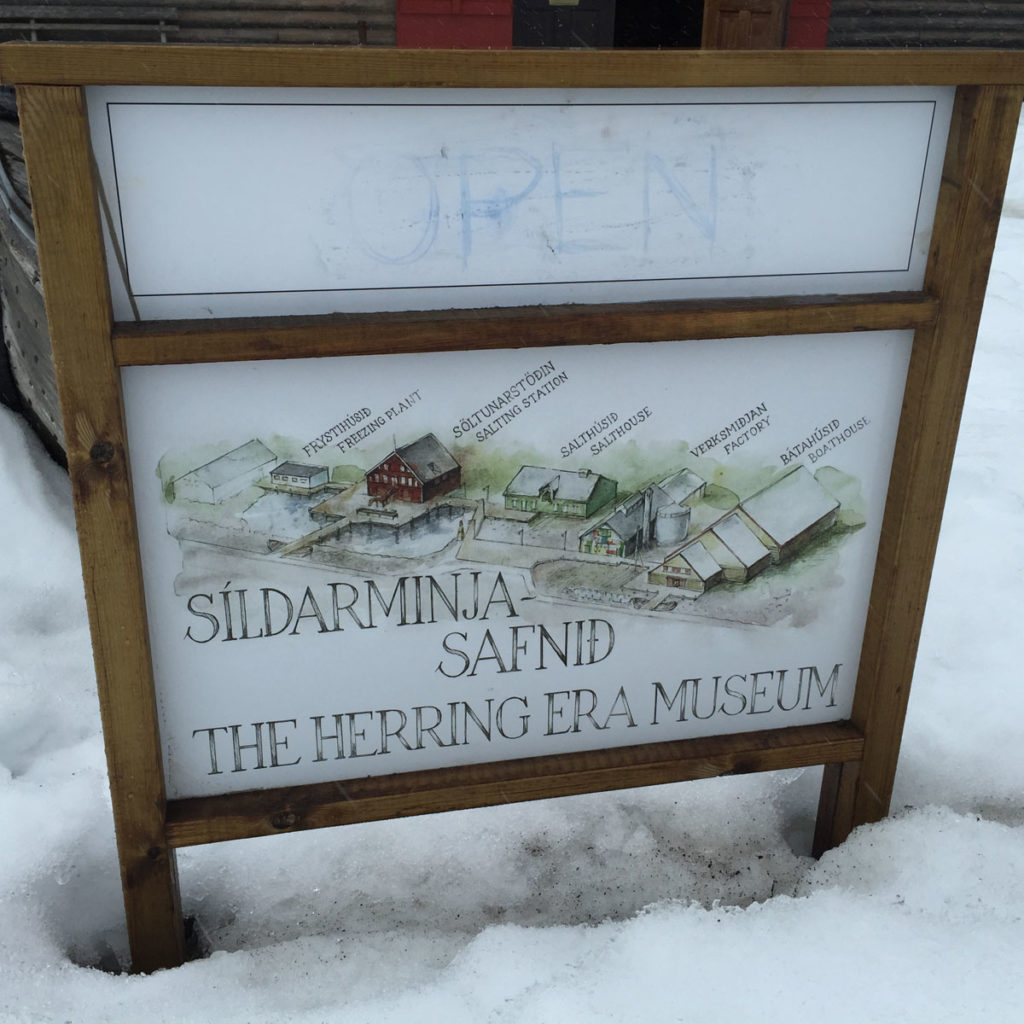
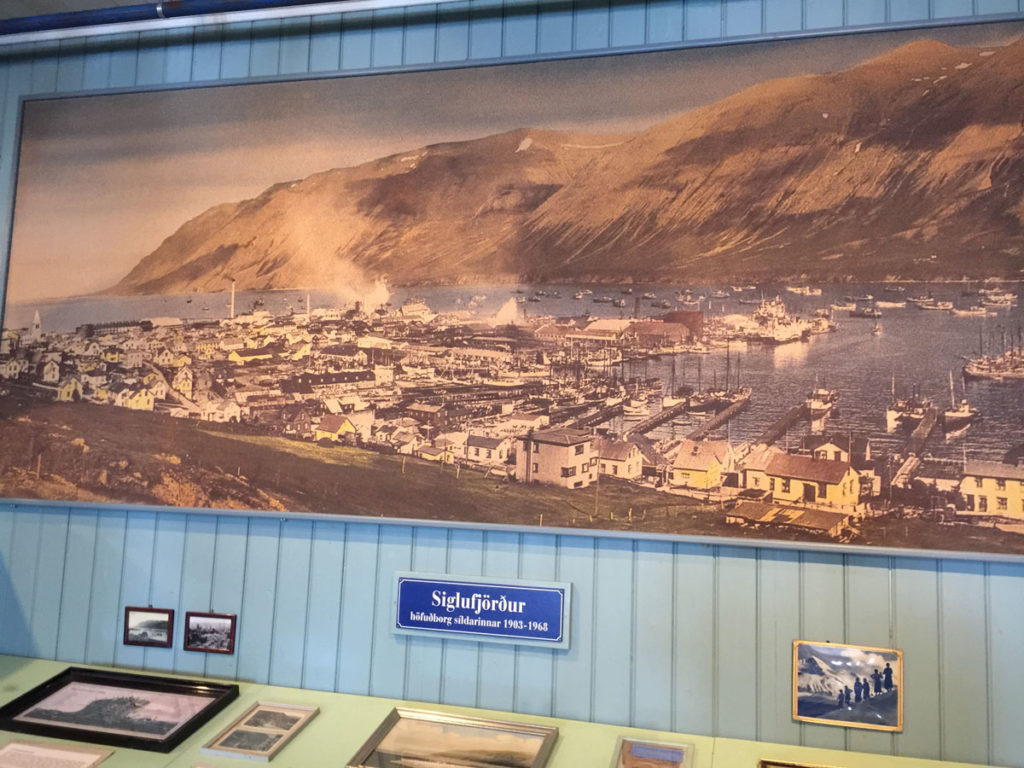
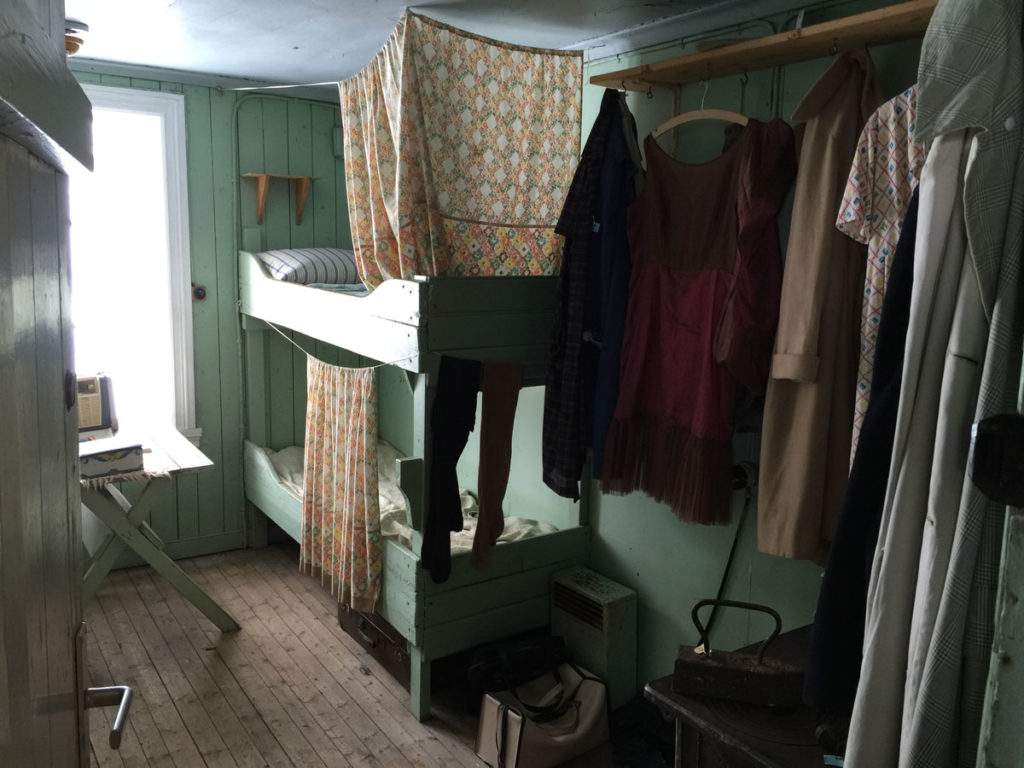
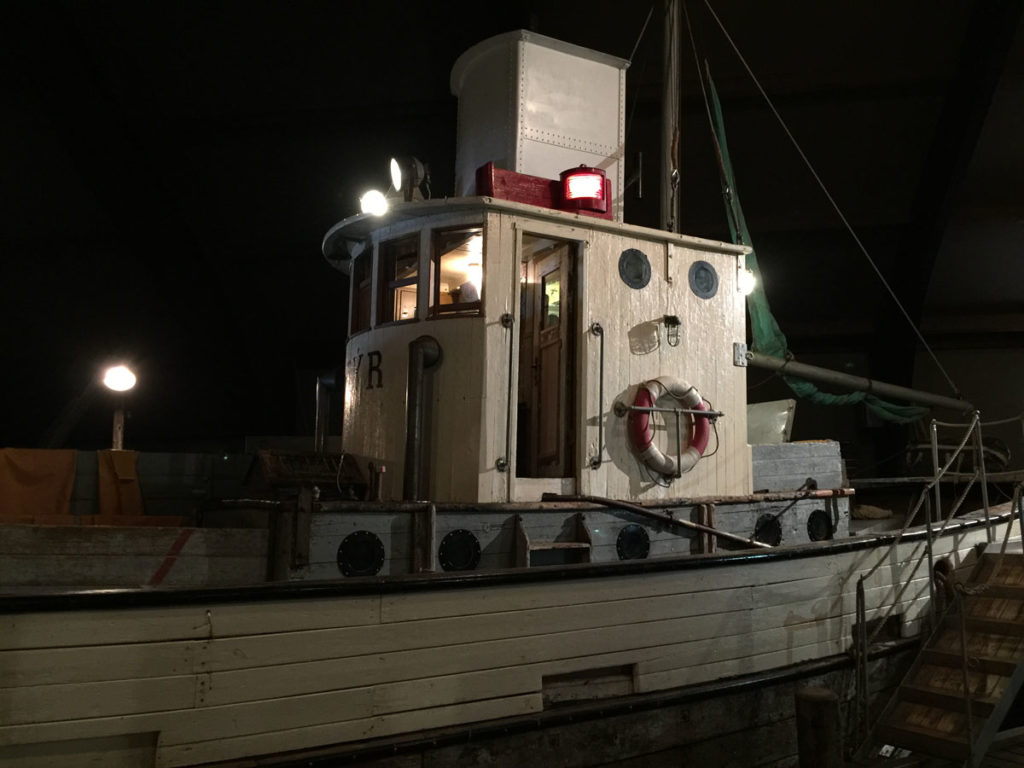
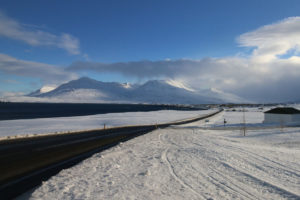
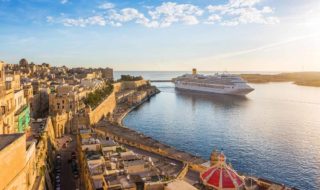
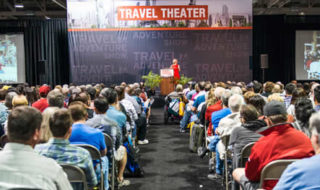
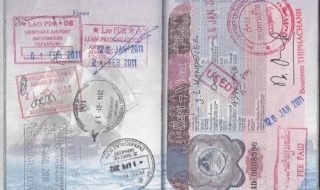
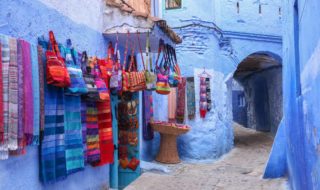
Post a Comment